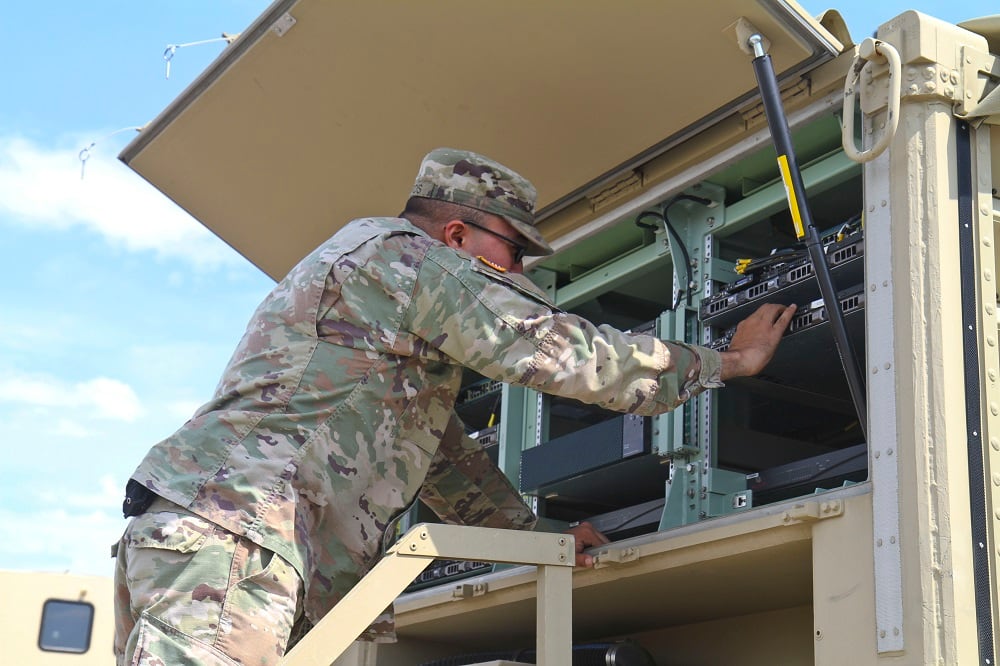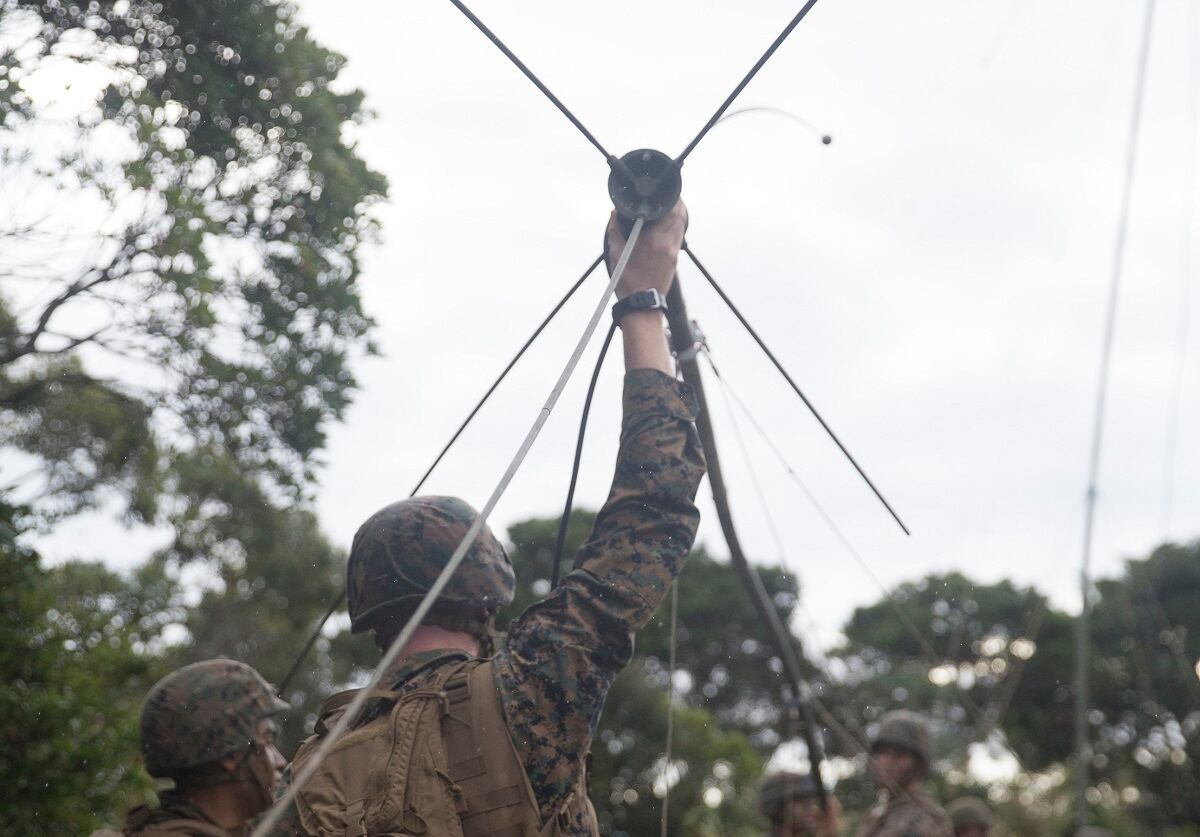The Army’s program community is still readying to field its first capability set for the service’s evolving tactical network in 2021, but some Army elements are already focused on the future.
The Army’s modernization timeline has new technology delivered to soldiers every two years beginning in 2021 and ending in 2028, the year Army leadership has set for completion of its six modernization priorities to make the service “multidomain capable.”
RELATED

This approach is designed to allow for rapid inserts as new technologies are developed and made available while giving soldiers working systems in the short term. Army leaders have noted they anticipate this iterative deliver process to continue even beyond 2028.
Keeping with this charted path, the Army’s network cross-functional team, part of Futures Command, is beginning to set its sights on the capability sets for 2023 and 2025.
RELATED

“For cap set ’23 we need to start now, in FY19 and FY20, [to determine] what type of things we’re looking for and put that out to industry so you are aware … because in FY21 we plan to start lab demonstration and plan to do DevOps … and by the end of ’21 we need to start doing small unit testing, ramping up in FY22 to the network-type test in order to field this capability in FY23,” Lt. Col. Branon Baer, project manager for the integrated tactical network, said May 30 during an Army technical exchange meeting with industry in Nashville, Tennessee.
The integrated tactical network is a mix of existing programs of record and commercial off-the-shelf capabilities that allows a unit to communicate in congested environments and provide situational awareness. However, officials noted that the integrated tactical network is just a subset of capability sets to be delivered, which will also include tools for command and control.
Capability set ’21 underwent a preliminary design review in late May, with one focus area being identifying where the Army still expects to make some design choices as it looks at alternative ways of doing various things in the ITN, Maj. Gen. Dave Bassett, program executive officer, command, control, communications-tactical, told C4ISRNET.
Col. Curtis Nowak, network cross-functional team lead for the integrated tactical network, told the audience at the forum that capability set ’23 will begin to look more at capacity and resiliency to increase bandwidth.
“We know that, as we go into operations, we have a requirement for more information not only to the edge, but also from the edge to the enterprise,” he said. “What we’re looking for is high-capacity satellites, utilization of everything that we can get on the battlefield. Bringing in our initial cloud, wherever that may be hosted. Information is key. Then having it be anti-jam.”
For capabilities in 2025, Nowak said the Army is looking at automated systems and additional network security.
“What we’re looking for in ’25 is really shifting the ITN so the soldiers are not concerned about what form of transport they’re going to be using, but rather that the system already does it for them,” he said. “If it’s high-capacity satellite, it’s high-capacity satellite. If the enemy threat is there, that’s not an option, then we go to line-of-sight. It should not be the soldier who is concerned [with that], but rather the system itself.”
According to a slide presented during the conference, the Army is grading itself on four key attributes as it fields the capability sets every two years. These include expeditionary, mobile, hardened and intuitive.
By 2023, expeditionary is about 75 percent, mobile is just under 50 percent and hardened and intuitive are just above 50 percent as depicted on the chart. Capability set 2025 has expeditionary around 90 percent, mobility at 75 percent, hardened at around 90 percent and intuitive at about 80 percent.
Mark Pomerleau is a reporter for C4ISRNET, covering information warfare and cyberspace.








